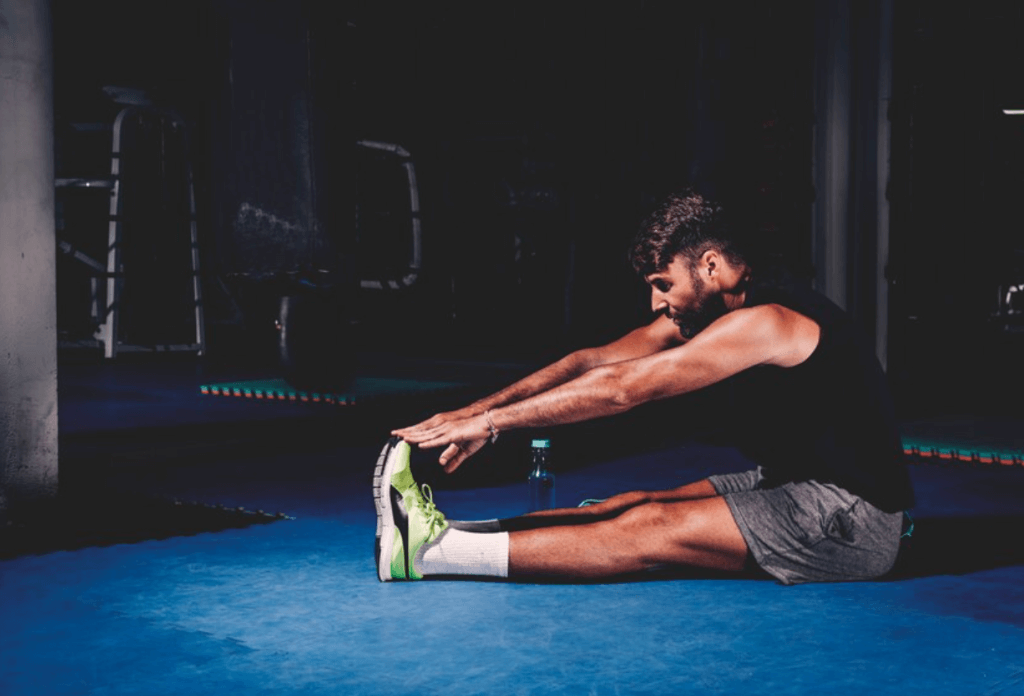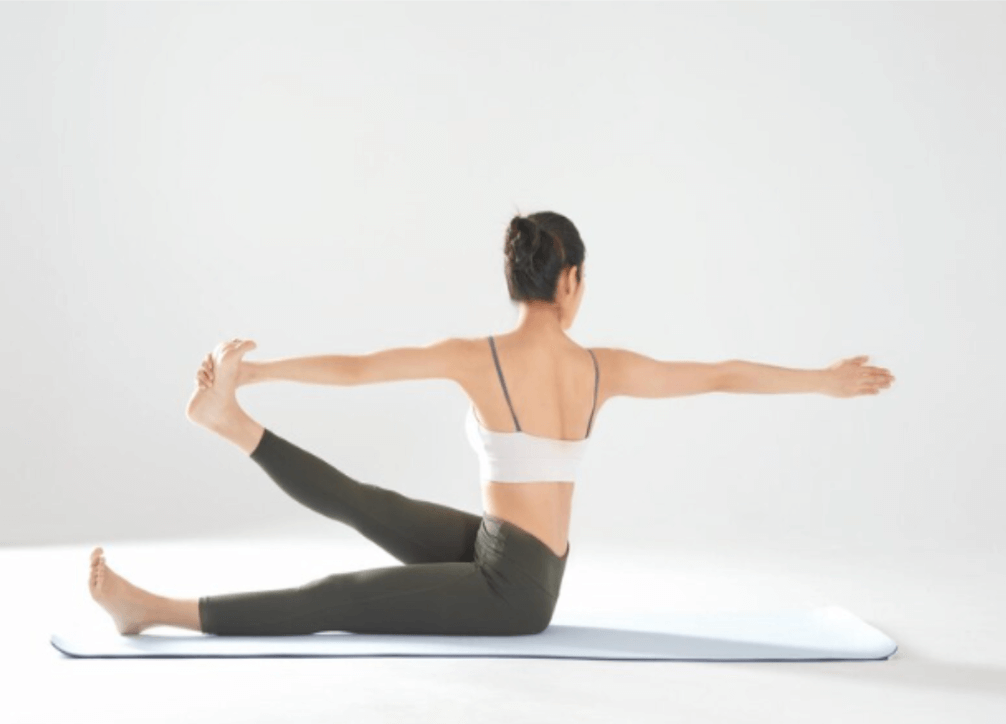
The Act of Warm-up
Imagine this scenario: you stand on the verge of a demanding workout, and your muscles are akin to a cold engine. Just as you wouldn’t rev up a car without allowing it to warm up, launching into rigorous physical activity without a thorough warm-up is a potential recipe for disaster. The warm-up serves a crucial role in preparing the body for the challenges ahead, and here’s why this prelude is so essential.
Increase Blood Flow
An effective warm-up is essential for preparing your body before engaging in physical activity. It serves to elevate your heart rate and enhance blood circulation to your muscles. Consequently, this process elevates the temperature of your muscles, rendering them more flexible and less susceptible to injuries.
Improve Flexibility
As your muscles undergo the warming-up process, they undergo an increase in flexibility. This enhanced flexibility plays a crucial role in broadening your range of motion, enabling you to carry out exercises with greater precision and efficiency.

Activation of Nervous System
The warm-up phase serves as a signal to your nervous system, alerting it to the imminent physical activity. This activation readies your body for the upcoming demands, leading to an improvement in coordination and responsiveness.
Mental Preparation
In addition to the physical advantages, a warm-up also facilitates a mental shift from a state of rest to active engagement. This transitional phase aids in directing your focus towards the impending task, heightening concentration, and diminishing the likelihood of mental fatigue.
Warm up Suggestions
Cardiovascular Exercise Start with five to ten minutes of light aerobic activity, such as jogging, jumping jacks, or cycling.

Dynamic Stretching: Incorporate dynamic stretches that mimic the movements you’ll perform during your workout. This includes leg swings, arm circles, and torso twists.
The Cool Down Finale
Upon the conclusion of your workout, the spotlight shifts to the cool-down phase. Similar to how the warm-up readies your body for activity, the cool-down assists it in transitioning back to a state of rest and recovery. Disregarding this essential step can result in stiffness, soreness, and potential injuries. Let’s delve into the significance of concluding your exercise routine with a proper cool-down.

Gradual Heart Rate Reduction
Engaging in a cool-down enables your heart rate to gradually revert to its resting state. This gradual return helps prevent sudden drops in blood pressure, reducing the risk of dizziness or fainting.
Muscle Recovery
Incorporating gentle exercises like walking or slow jogging during the cool-down phase is beneficial as it facilitates the elimination of waste products such as lactic acid. This not only helps in decreasing muscle soreness but also expedites the overall recovery process.

Flexibility Maintenance
Integrating static stretches into the cool-down phase is advantageous for preserving and enhancing flexibility. This proves particularly beneficial in warding off muscle tightness and fostering long-term joint health.

Mindful Reflection
During the cool-down phase, there’s an opportunity for mindful reflection. Dedicate a few minutes to recognize your accomplishments, assess your performance, and establish goals for future sessions. This mental cooldown not only contributes to physical well-being but also enhances overall mental and emotional well-being.
Cool-Down Suggestions
Low-Intensity Cardio: Ease into the concluding phase of your workout by progressively lowering the exercise intensity over the initial five to ten minutes.
Static Stretching: Direct your attention to key muscle groups, maintaining each stretch for 15-30 seconds. Prioritise areas that exhibit tightness or were particularly engaged during your exercise session.

Conclusion
In the broader context of physical fitness, warm-up and cool-down exercises often go unnoticed but play a crucial role in ensuring your body functions like a finely tuned instrument. Whether you’re a seasoned athlete or a dedicated fitness enthusiast, integrating these routines into your regimen is a modest commitment that yields substantial benefits—such as injury prevention, enhanced performance, and sustained overall well-being. As you prepare to embark on your next run or gym session, keep in mind that the success of your fitness journey hinges on the thoughtful orchestration of both the warm-up and cool-down components, akin to the careful choreography of a symphony.


